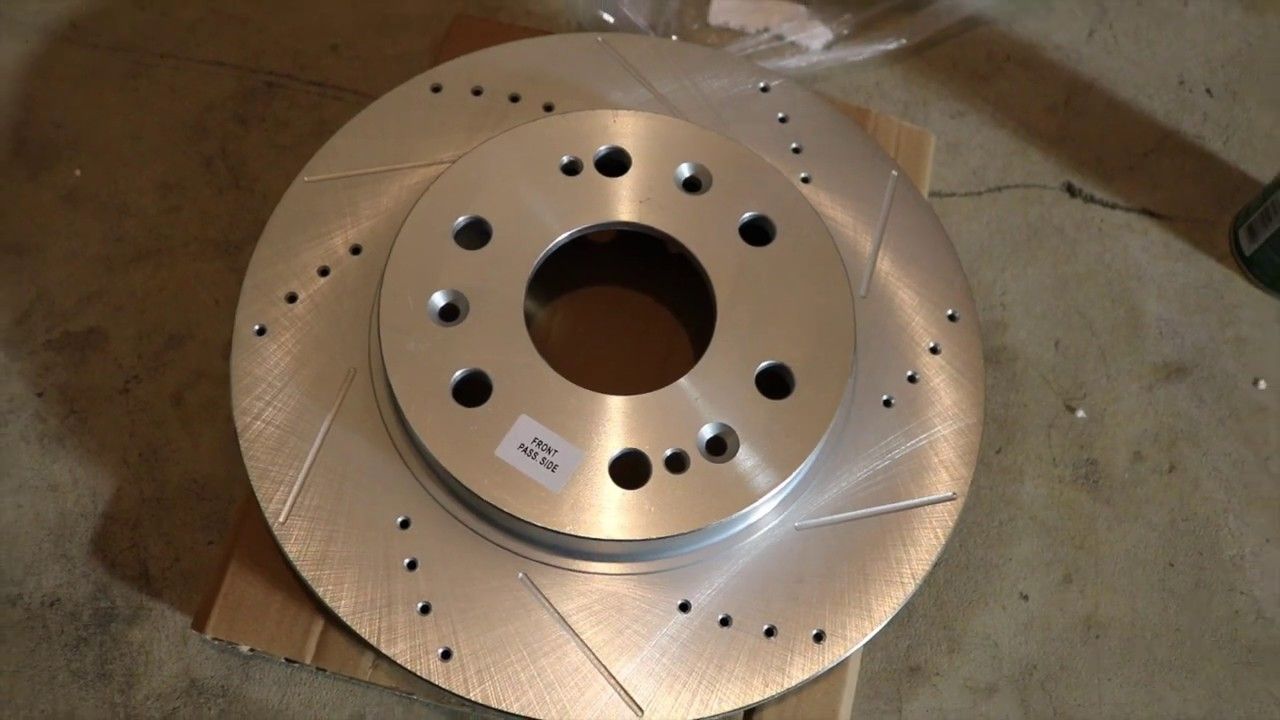
When it comes to enhancing your vehicle’s performance, brake upgrades often get overlooked. However, having a well-functioning and high-performance braking system is crucial for ensuring both safety and performance on the road. Whether you’re a car enthusiast or simply want to optimize your vehicle’s braking capabilities, this article will provide you with valuable insights and tips on how to undertake DIY brake upgrades effectively.
1. Understanding the Importance of Brake Upgrades
Before diving into the realm of brake upgrades, it’s essential to understand why they are vital for performance. Your vehicle’s factory braking system is designed to handle everyday driving situations adequately. However, if you frequently push your car to its limits, parameters or partake in spirited driving, upgrading your brakes can significantly enhance their capability to handle increased demands, reducing the risk of brake fade and improving overall stopping power.
2. Consider Performance Brake Pads
One of the most effective and relatively simple brake upgrades is replacing your stock brake pads with performance brake pads. Performance pads are engineered with materials that provide increased friction and heat resistance, resulting in improved stopping power and reduced brake fade. They are available in various compounds, each offering unique characteristics tailored for different driving needs, such as aggressive street driving or track use. Do thorough research and choose the pad that best suits your specific requirements.
3. Upgrade Your Rotors
Pairing performance brake pads with high-quality rotors is essential to achieve optimal braking performance. Factory brake rotors are generally designed to be lightweight and cost-effective, making them suitable for everyday driving but not necessarily for performance. Consider upgrading to performance rotors made from high-grade materials like carbon-ceramic or slotted and drilled rotors. These options offer improved heat dissipation, reduced brake fade, and enhanced overall braking performance, providing confidence during spirited driving sessions.
4. Opt for Stainless Steel Brake Lines
Often overlooked, replacing stock rubber brake lines with stainless steel braided ones is a simple yet highly effective brake upgrade. Rubber lines can expand under pressure, resulting in a spongy brake pedal feel and reduced braking response. Stainless steel brake lines, on the other hand, are resistant to expansion, delivering a firmer brake pedal feel and maintaining consistent brake pressure. This upgrade ensures immediate and precise braking response, which can be particularly beneficial during performance driving.
5. Upgrade Your Brake Fluid
While brake fluid may not be the first thing that comes to mind for brake upgrades, using a high-performance brake fluid can significantly enhance your overall braking system. Performance brake fluids have higher boiling points than standard fluids, preventing brake fade during intense driving sessions where high temperatures are generated. Additionally, they have superior moisture control properties, reducing the risk of corrosion and extending the lifespan of your braking components.
6. Professional Installation or DIY?
Undertaking brake upgrades can be a DIY project for those with intermediate automotive skills. However, it’s essential to be mindful of the complexities involved and the potential risks associated with improper installation. If you’re not confident in your abilities or lack the necessary tools, it’s best to seek professional assistance. A professional brake installation guarantees precision and eliminates any guesswork, ultimately ensuring your safety and optimal brake performance.
Conclusion
Upgrading your vehicle’s brakes is a worthwhile investment that enhances both performance and safety. By considering performance brake pads, upgrading rotors, replacing brake lines, and upgrading brake fluid, you can significantly improve your vehicle’s braking capabilities. Whether you choose to take on the project yourself or seek professional installation, remember to prioritize safety and carefully follow the manufacturer’s instructions. With these valuable tips and tricks, you’re now equipped to embark on your DIY brake upgrade journey!

